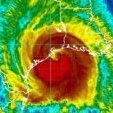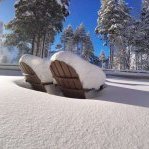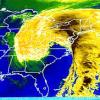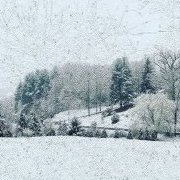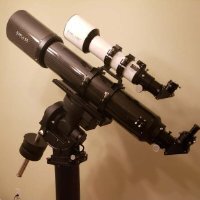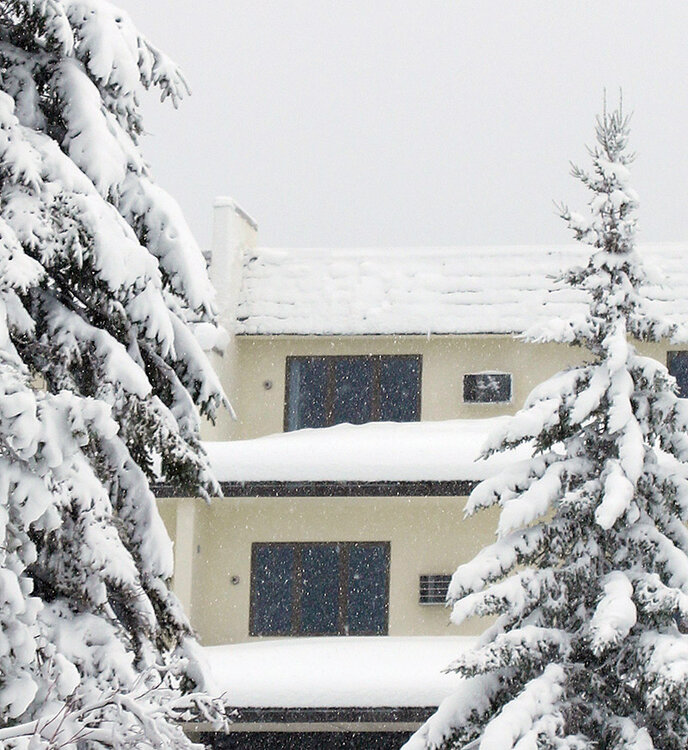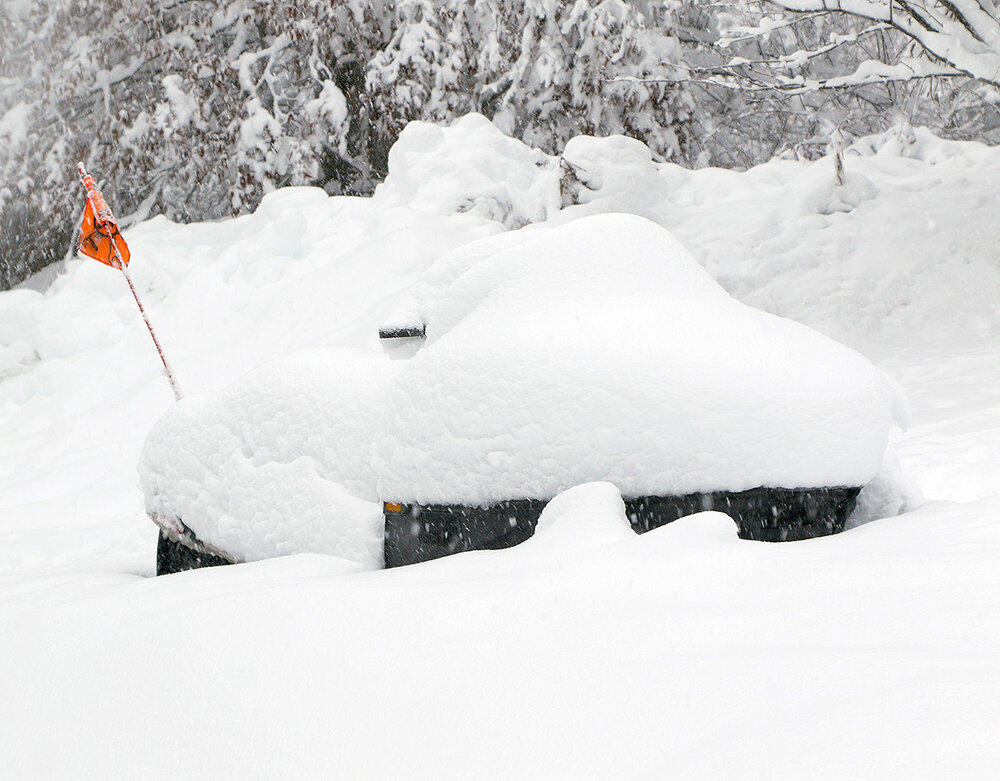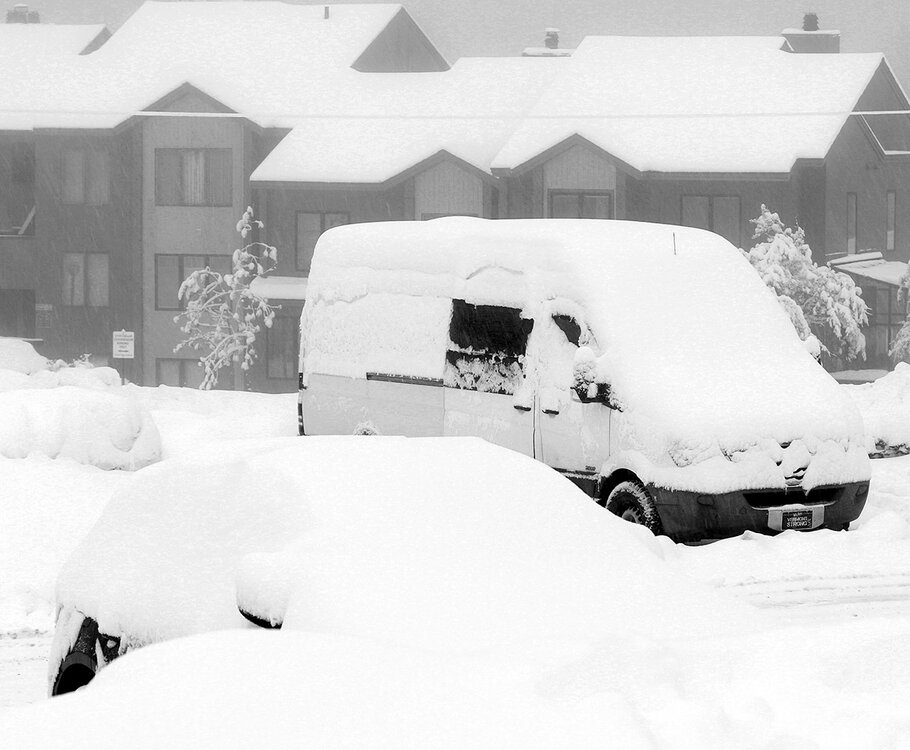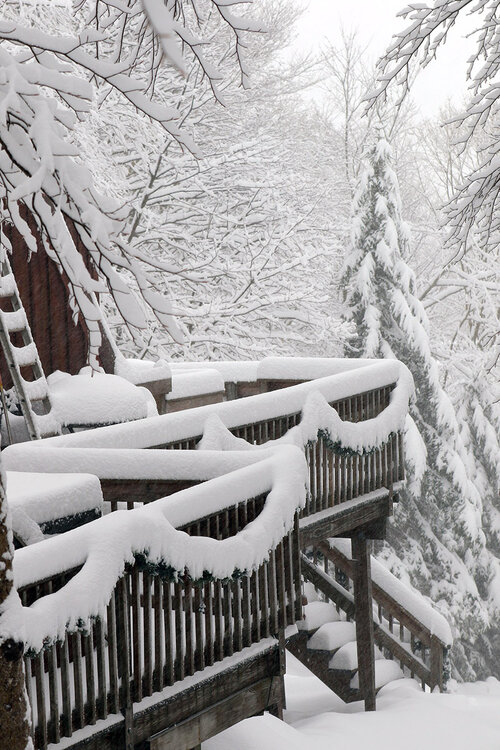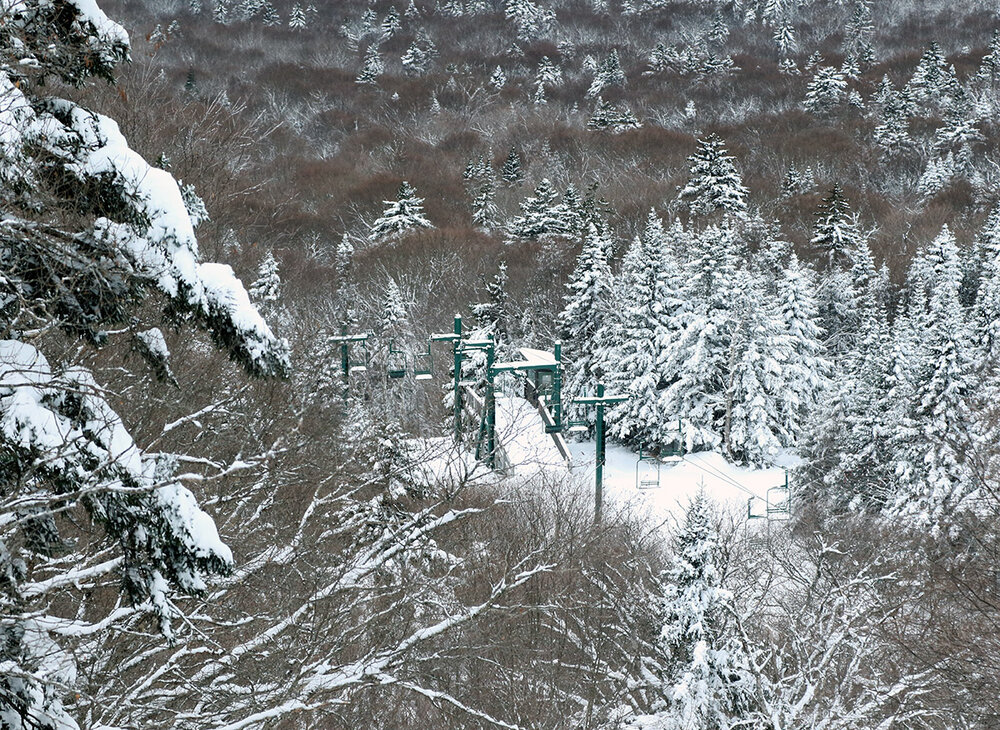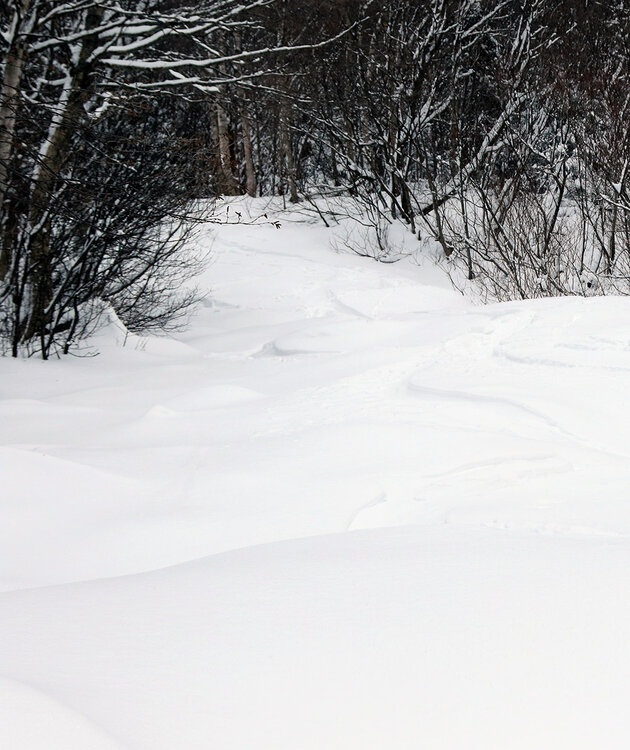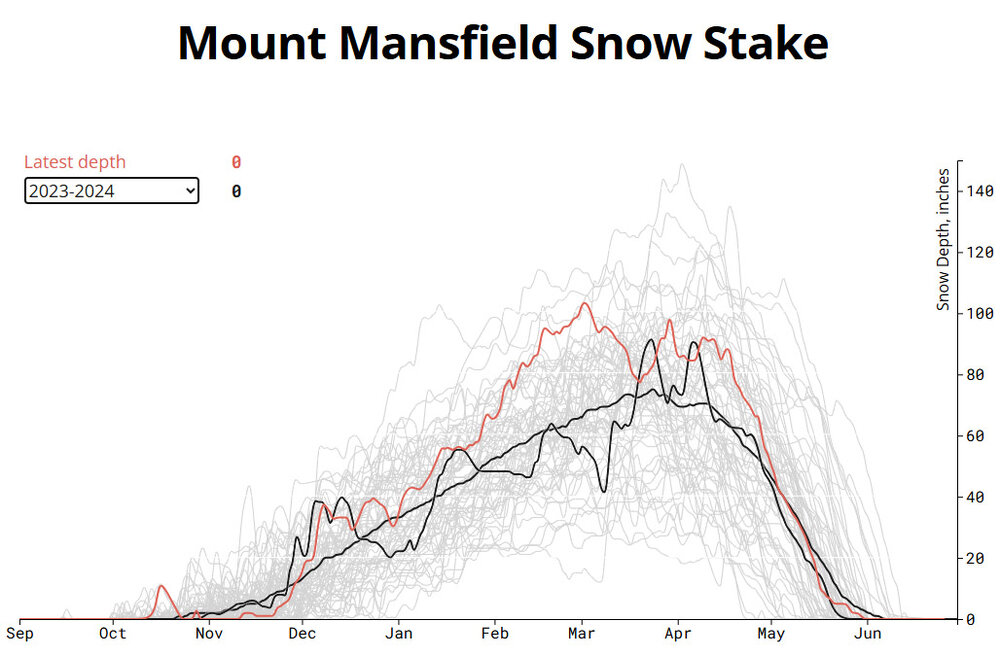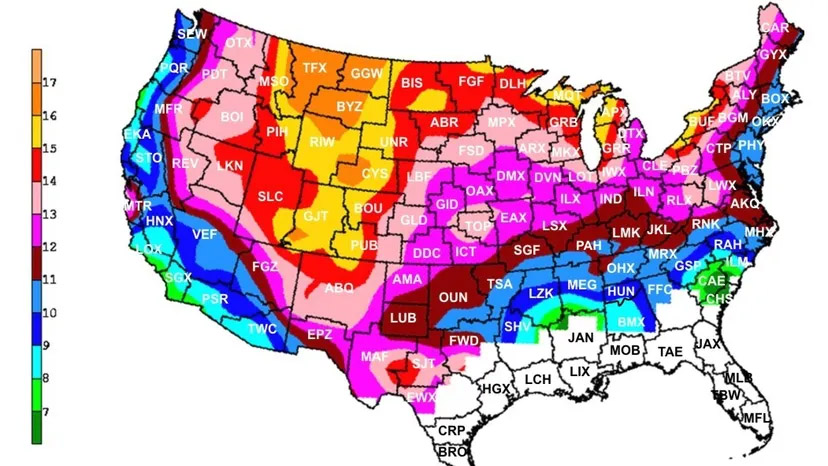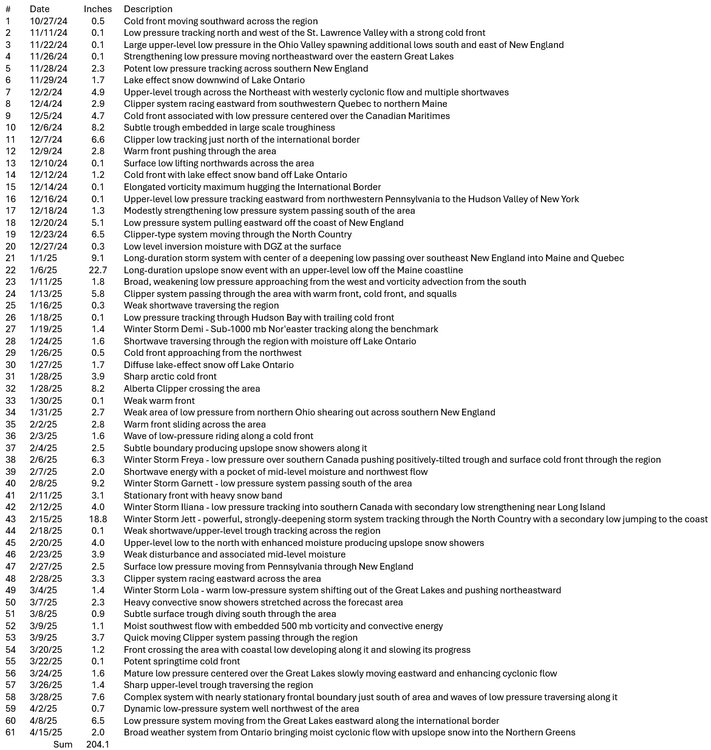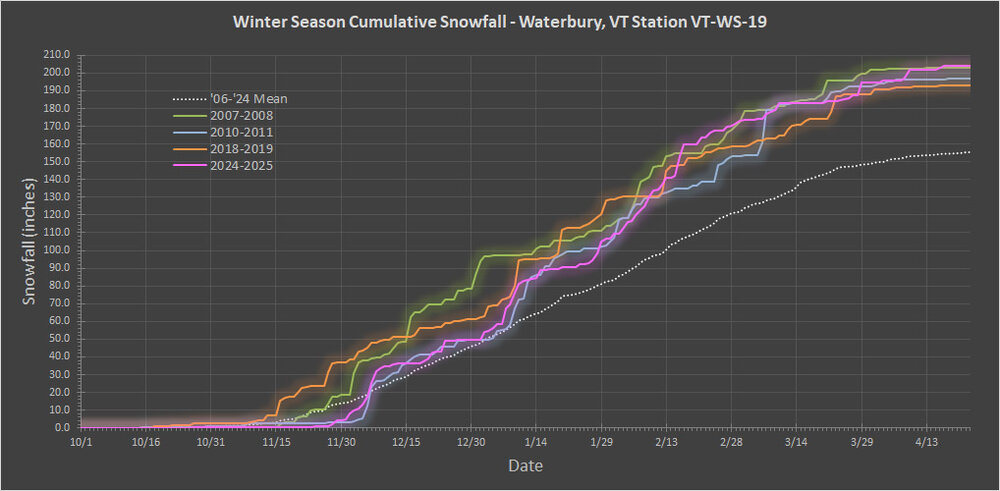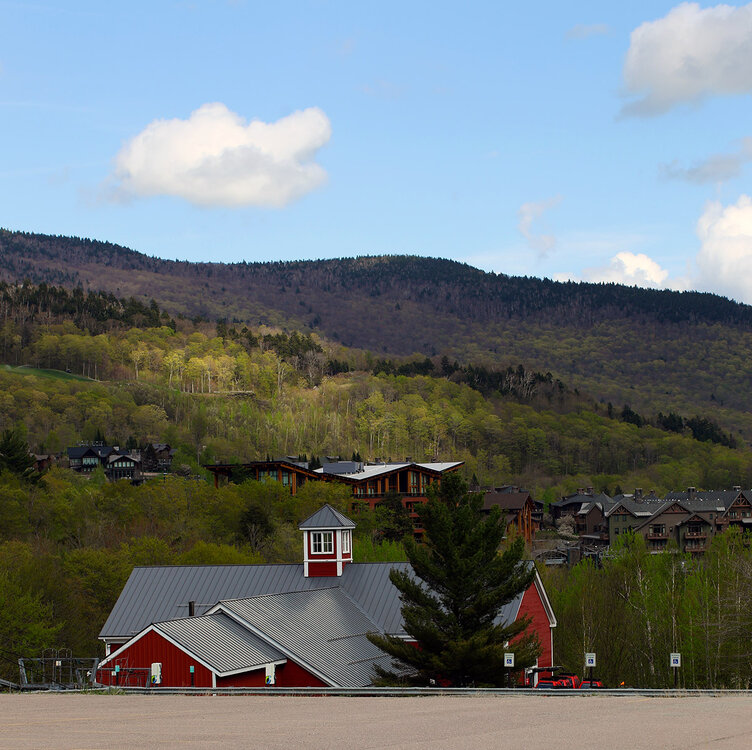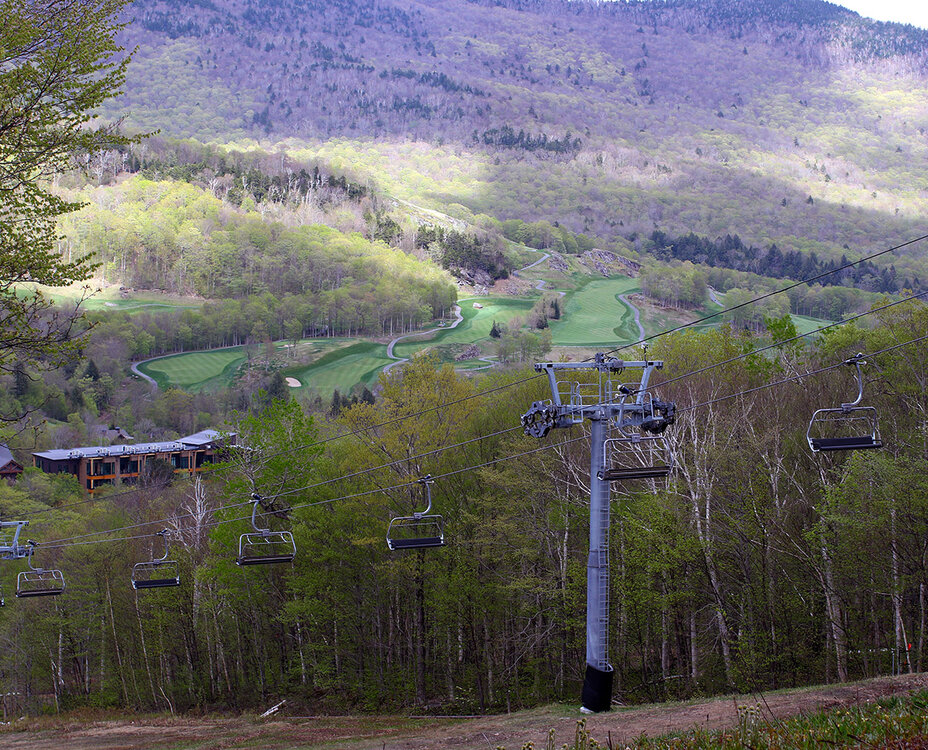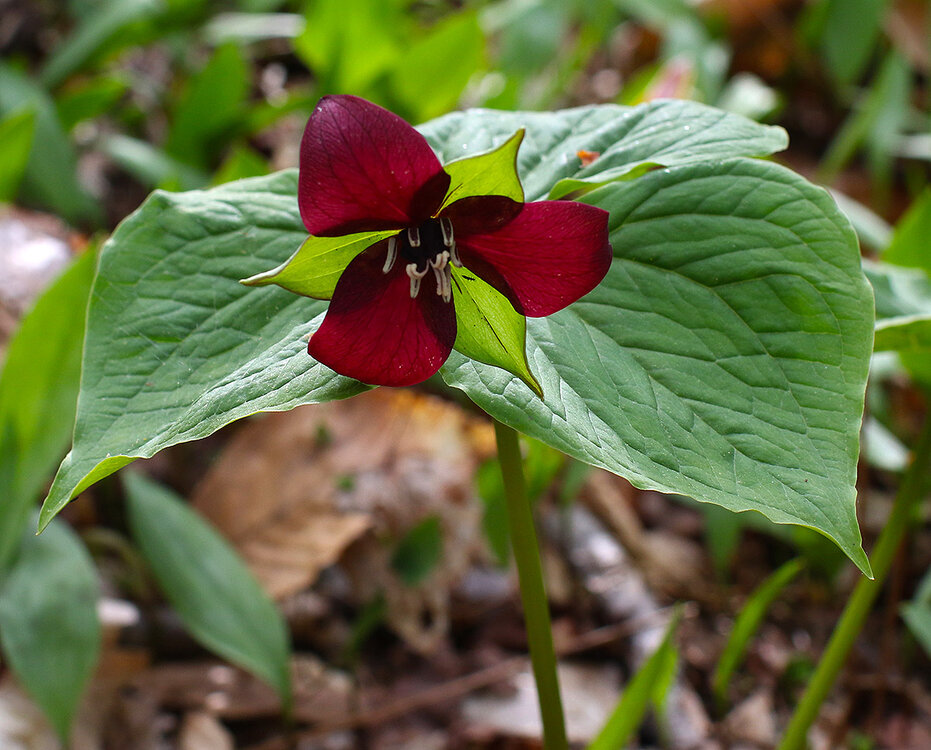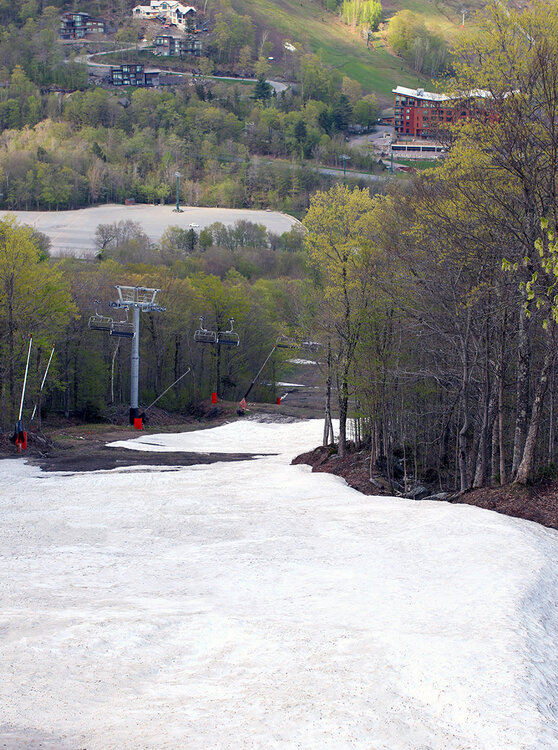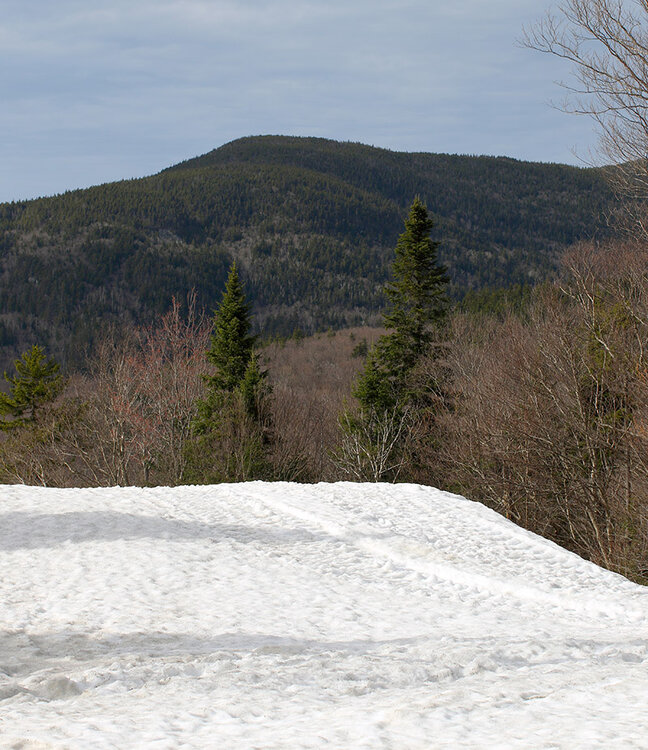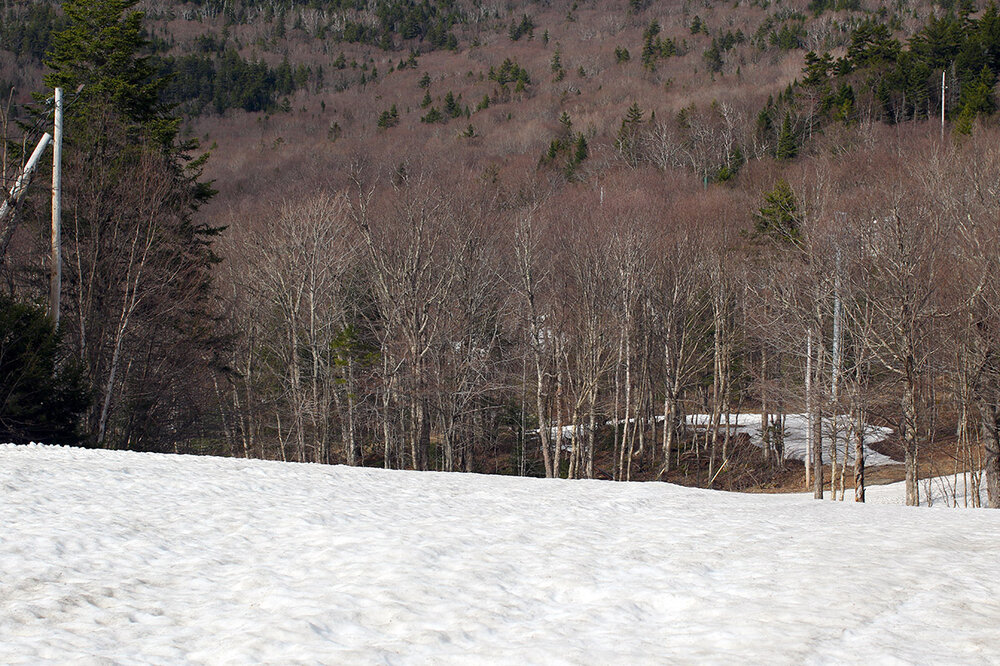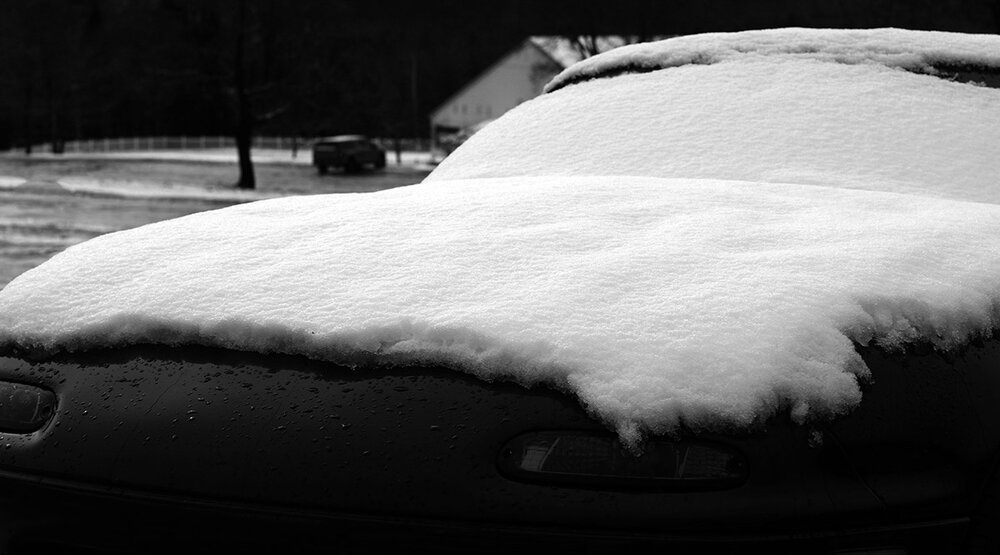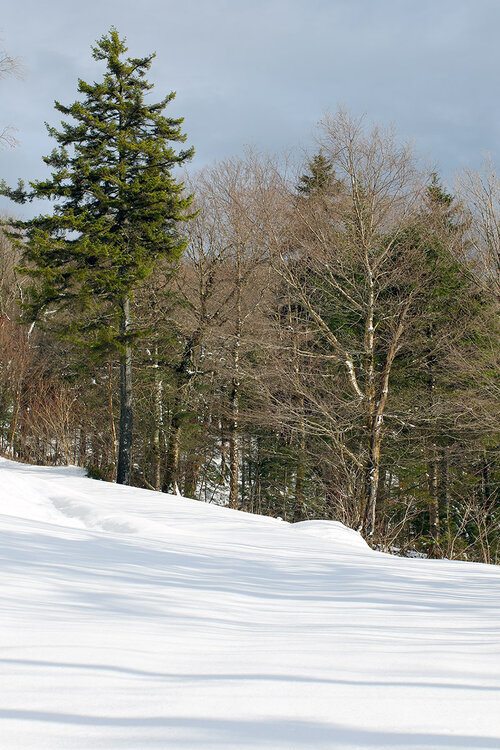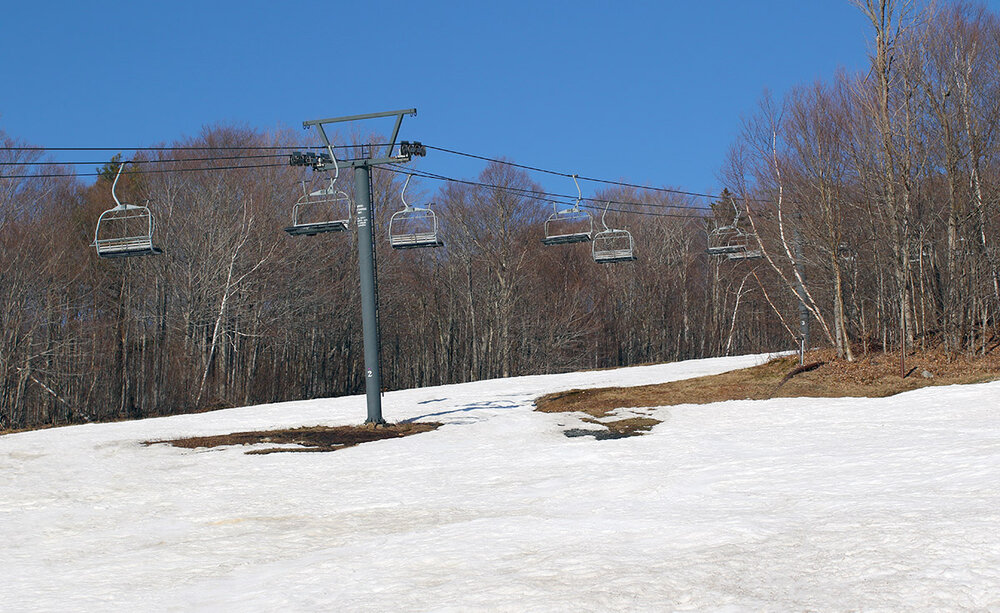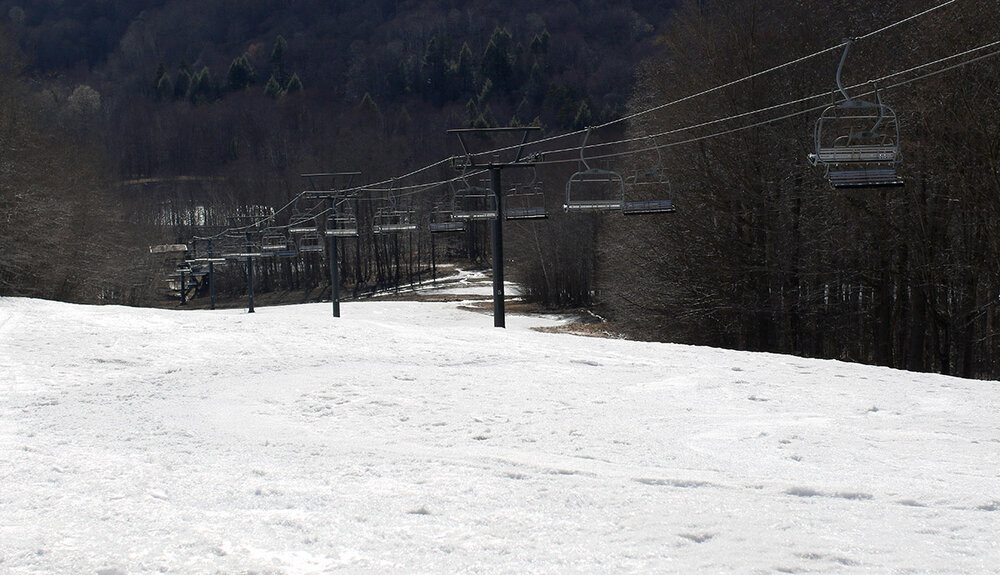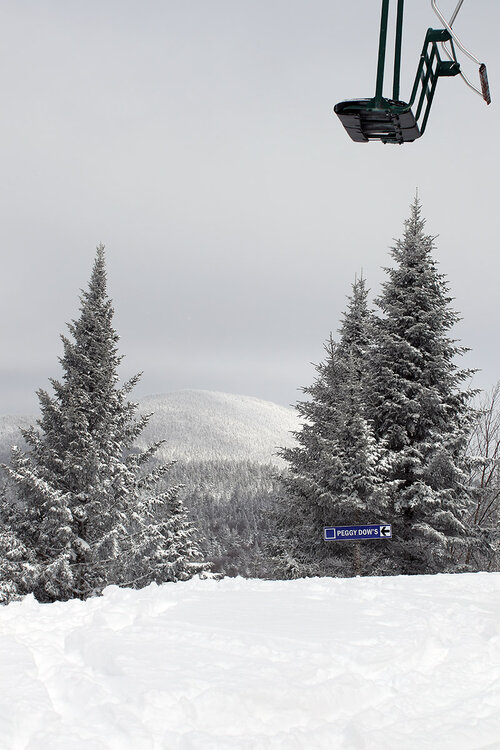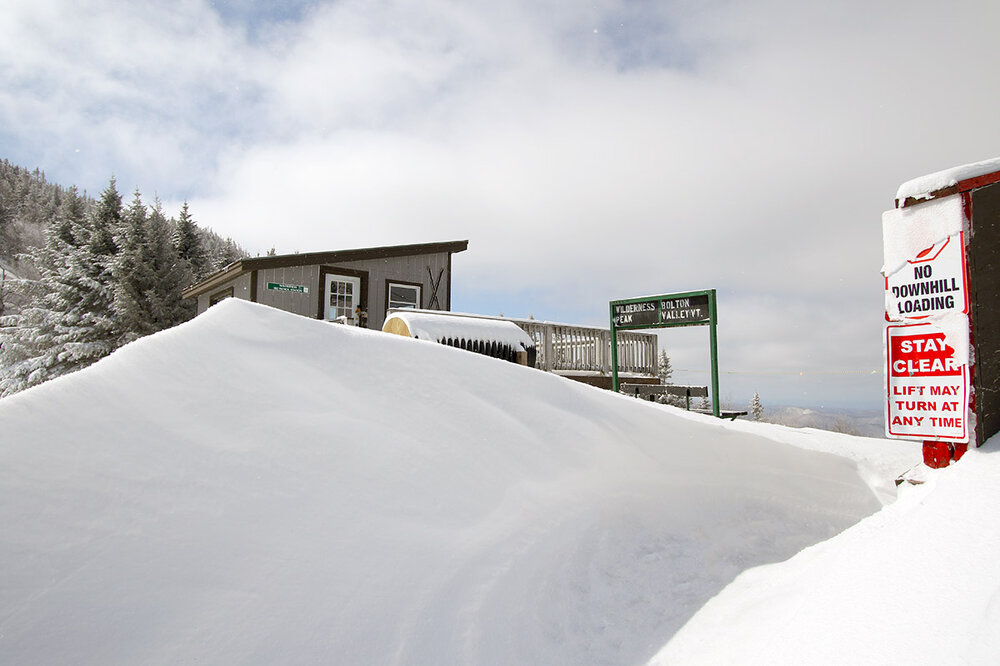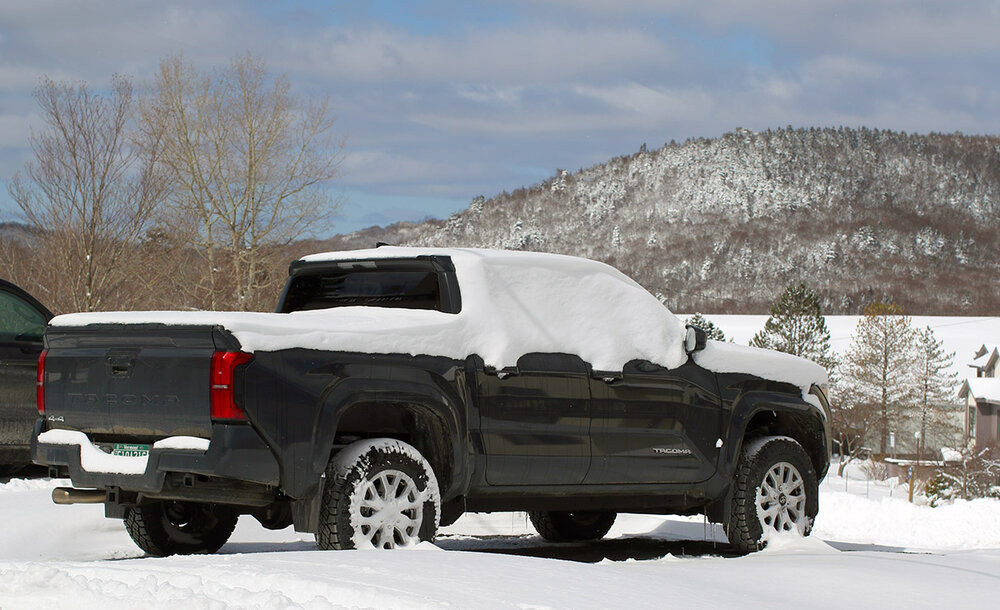-
Posts
6,308 -
Joined
-
Last visited
About J.Spin

Contact Methods
-
Website URL
http://www.JandEproductions.com
Profile Information
-
Four Letter Airport Code For Weather Obs (Such as KDCA)
KMPV
-
Gender
Male
-
Location:
Waterbury, VT
-
Interests
Skiing, Snow, Snowboarding, Outdoors, Winter Weather, Photography
Recent Profile Visitors
8,280 profile views
-
-
The winter/ski seasons all blur together for me, which I think is in part due to our climate here in the Northern Greens. While we certainly get memorable storms, the majority of the winter features day after day with light to moderate snowfall events, which don’t stand out as easily from one season to the next. In any case, it’s a good climate to maintain high-quality snow surfaces for skiing and riding, and it’s one of the reasons that I really like having the reports from my ski outings to refresh my memory for specific periods though. I was curious about that strong start you mentioned for the 2023-2024 season, and indeed it does pop up on the plot for the Mt. Mansfield Stake data – the snowpack depth hitting 40 inches in the first half of December is a great place to be, and it quickly gets a lot of off-piste terrain in play. I checked my snowfall numbers and saw that our site in the valley only picked up about a foot of snow in the first half of December, which is below average and certainly not a standout performance. After looking a little closer, I realized that November 2023 also brought us 20 inches of snow in the valley, and that was a big help in priming that great start to December. I hadn’t caught that the first big rise in the 2023-2024 snowpack plot is actually from the end of November, but I see in my data that we had 6 snowstorms in the valley in the last 10 days of the month. On my Bolton outing on the 28th I measured the snowpack depth at 20” at 3,000’ and then on the 29th it was up to 24”. The skiing was great even before the calendar hit December.
-
The data I’ve seen indicate that snowfall was decent at most low and high elevation sites around here for the 2023-2024 season, and it looks like it was just the valley snowpack that was on the lean side. The 2023-2024 mountain snowpack appears to be fine based on the Mt. Mansfield Snow Stake data. The black lines on the plot below are for the average snowpack depths and the 2023-2024 snowpack depths, and the red line is for the data from the current season. The 2023-2024 data certainly has its ups and downs, but it comes out pretty close to the average overall. At least for the Northern Greens, it wasn’t really the snowmaking that made it a decent ski season (snowmaking only covers a tiny fraction of a resort’s total terrain anyway, so it can’t really turn an awful season into a good one). In this case it seems that there was sufficient natural snowfall and snow preservation to make for a decent mountain snowpack, which goes along with that additional elevation temperature buffer that PF mentions.
-
I don’t really track temperatures, but in most snow related parameters, the 2023-2024 season was decent at our site. We sit at ~500’ elevation along the spine of the Northern Greens near the bottom of the Winooski Valley. We’re directly between the BTV and MPV sites, just about halfway in fact (~18 miles from BTV and ~16 miles from MPV). -Season snowfall for 2023-2024 was 156.7”, which is close to average, and that total was higher than either of the two previous seasons (2022-2023 snowfall was 150.1” and 2021-2022 snowfall was 134.4”). -The duration of the continuous snowpack season was fairly typical: Nov 19th was the start of the continuous winter snowpack, and that was on the earlier side vs. a mean snowpack start date of Dec 1st ± 14 days. Apr 11th was the end of the continuous winter snowpack, which is just a couple days ahead the average of Apr 13th ± 10 days. -As mreaves noted, the depth of the winter snowpack was on the low side, however. The maximum snow depth at our site for that season was 16.0” vs. a mean of 26.4”, and the 768 snow depth days was about half of average. So at least in the lower valleys in our area, the winter snowpack was present for a typical duration, but its depth didn’t seem to be as robust as usual. If the results above really came from a +7-8 F December through February period, that potentially bodes well in a warming climate though. If the lowest valleys can pull off a decent season in that situation, then the mountains should have no problem doing that with even greater temperature anomalies. Jay Peak reported 369” of snowfall for the 2023-2024 season, so it was similar to our site with respect to running about average.
-
That’s always an interesting comparison, and a big factor in the difference is the very disparate snowfall climatology between the two areas. The two prominent components that go into that SDD/snowfall ratio are the density of the snowfall and the snowpack preservation. Snow preservation here at our site doesn’t appear to be an outlier in either direction locally; between the west side climates and the east side climates along the spine of the Northern Greens, our site’s snow preservation seems to be relatively average. But the east side climate areas, and moving beyond Vermont, areas just east of the Appalachians in general, hold onto cold air the longest and that can help to maximize snow preservation. At our site I’d say it’s the snowfall that has the biggest impact on the SDD/snowfall ratio. And it’s not as if there’s some sort of outrageously high average snow ratio here at our site; it seems right in line with what studies report for the area (see the map and further discussion below). It looks like the high snowfall/SDD ratio here at our site arises from a combination of the area having reasonably strong average snowfall ratios to begin with, and those ratios being elevated even more in seasons with decent amounts of LES/upslope snow. The Northeastern U.S. does represent one of the more dramatic gradients in average snowfall density as one can see from the map. With 6 to 7 snowfall density zones across the region from west to east, the gradient around here is almost as extreme as it is along the west coast of the U.S. There are various studies and maps out there that compare average snowfall ratios across the country, but Weather.com has a nice discussion bringing in data from the 2005 study by Marty Baxter of Central Michigan University, and that’s where I grabbed the map posted above. The mapping of the results from that study shows how the bulk of the BTV NWS forecast area is in that mauve pink shading, which is the 13-14 to 1 range for snowfall ratios. For the period of record in my data set, the mean snowfall ratio is 13.7 ± 1.8, and the median is 13.3, so those data represent what appears to be a strong, normal distribution that is exactly in line with the snowfall ratio range determined in that study. This is the first time I’ve checked on the ratio numbers in a while, but that comparison does give me strong confidence in the methodologies I’m using for both snowfall and liquid equivalent measurements here at our site. The snow to liquid ratio for this past season was 16.6 to 1 (i.e., the water content was 6.0% H2O), which is higher than the average, but quite consistent with this season feeling like we had a decent amount of upslope snow relative to some seasons. If you look at the map, that’s a solid Montana/Northern Rockies style winter right there, with snowfall ratios corresponding to that large area of orange shading. The highest snowfall ratio we’ve recorded here at our site across an entire season is 17.25 (5.8% H2O) in 2020-2021, and the full data set for seasonal snowfall ratios is listed below. Season: Snowfall Ratio ’10-’11: 14.54 ’11-’12: 14.20 ’12-’13: 16.41 ’13-’14: 13.44 ’14-’15: 13.26 ’15-’16: 11.53 ’16-’17: 13.26 ’17-’18: 13.08 ’18-’19: 11.45 ’19-’20: 13.05 ’20-’21: 17.25 ’21-’22: 13.60 ’22-’23: 11.92 ’23-’24: 12.28 ’24-’25: 16.58 Mean: 13.7 ± 1.8 For mountain areas with continental or intermountain snow climates that see minimal melting or winter rainstorms, I often think of the 3 to 1 snowfall to snowpack ratio that I’ve seen PF use for Mansfield (i.e., 300 inches of snowfall produces a snowpack depth of ~100 inches). I’d think a maritime snow climate would be more like 2 to 1, but I’m sure it can vary a lot. This past season, PF recorded 362” of snowfall at his Mt. Mansfield snow plot and the snowpack reached a depth of 103”, so that’s a ratio of 3.5 to 1, which is certainly in that 3 to 1 range. In winter seasons around here without heavy rainstorms, the snowfall climate seems quite intermountain/transitional, but the average snowfall ratio I recorded here at our site this past season would certainly be pushing well into a continental climate. These snow climate classifications are really dialed into the ranges of the western U.S., so there’s not going to be an exact fit for the specific climate of the Northern Greens, but they’re helpful for discussion. We get more rain and temperatures fluctuations here than in the highest elevations of the western U.S., but many of the mid to lower elevation mountain areas out there can get rain and temperature fluctuations above freezing as well, so that’s still part of the climate. These different ratios of snowfall to liquid equivalent, SDD to snowfall, snowfall to snowpack depth, etc. don’t all correlate to each other exactly of course, but they’re still informative. Below was an interesting Reddit discussion I found about the snowfall to base depth correlation – I think some of the people’s numbers are way off from reality, but it sounds like some of them are from personal experience, so that’s potentially useful: https://www.reddit.com/r/skiing/comments/1hi5rr8/how_does_snowfall_translate_into_increase_in_base/ https://avalanche.org/avalanche-encyclopedia/weather/snow-climate/
-
Following up on the 2024-2025 winter summary, I’ve put together the season’s storm list for our site. The number of storms was above average, but below the 64 storms we had in the 2018-2019 season.
-
We’re into June and the snow season should be complete here in the valley, so I’ve put together the summary snow data for the 2024-2025 winter season at our site. It was another solid season, right up there with 2007-2008, 2010-2011, and 2018-2019 in terms of snowfall as the plot below shows. These types of seasons are in that top 20% of the data set for snowfall, so something that happens roughly every 5 years on average. The three big midwinter months of December, January, and February were above average on snowfall, but the rest of the months were below average or close to average at best. That meant the season didn’t really break away from the rest of the pack, but if you’re going to have only three months be above average on snowfall, those midwinter months are the ones to do it and still get a solid season. It wasn’t a season for huge storms with only two storms over 18 inches, but it felt like a decent season for upslope snow. Total Snowfall: 204.1” October Snowfall: 0.5” November Snowfall: 4.0” December Snowfall: 45.1” January Snowfall: 59.5” February Snowfall: 62.1” March Snowfall: 23.6” April Snowfall: 9.3” May Snowfall: 0.0” Total Days with Snowfall: 116 October Days with Snowfall: 2 November Days with Snowfall: 7 December Days with Snowfall: 25 January Days with Snowfall: 28 February Days with Snowfall: 25 March Days with Snowfall: 19 April Days with Snowfall: 10 May Days with Snowfall: 0 Snowstorms: 61 October Storms: 1 November Storms: 5 December Storms: 14 January Storms: 14 February Storms: 14 March Storms: 10 April Storms: 3 May Storms: 0 Average Snowfall per Storm: 3.3” Largest Storm: 22.7” 2nd Largest Storm: 18.8” 3rd Largest Storm: 9.3” 4th Largest Storm: 9.1” 5th Largest Storm: 8.2” Sum of 5 Largest Storms: 68.1” Storms ≥10": 2 Date of Largest Storm: 1/6/25 Earliest Frozen Precipitation: 10/16/24 Earliest Accumulating Snowfall: 10/27/24 Earliest 1" Storm: 11/28/24 Earliest 2" Storm: 11/29/24 Earliest 3" Storm: 12/2/24 Earliest 4" Storm: 12/3/24 Earliest 6" Storm: 12/7/24 Earliest 8" Storm: 12/7/24 Earliest 10" Storm: 1/8/25 Earliest 12" Storm: 1/9/25 Latest Accumulating Snowfall: 4/17/25 Latest Frozen Precipitation: 4/17/25 Length of Snowfall Season: 173 days Start of Season Snowpack: 11/28/24 October days with Snowpack: 0 November days with Snowpack: 3 December days with Snowpack: 31 January days with Snowpack: 31 February days with Snowpack: 28 March days with Snowpack: 31 April days with Snowpack: 15 May days with Snowpack: 0 Days with >0" Snowpack: 139 Days with >0.5" Snowpack: 122 Days with ≥1" Snowpack: 116 Days with ≥2" Snowpack: 107 Days with ≥3" Snowpack: 103 Days with ≥4" Snowpack: 99 Days with ≥6" Snowpack: 82 Days with ≥8" Snowpack: 66 Days with ≥10" Snowpack: 54 Days with ≥12" Snowpack: 48 Days with ≥24" Snowpack: 11 Days with ≥36" Snowpack: 0 Max Snow Depth: 34.0” Date of Max Snow Depth: 2/17/25 End of Season Snowpack: 4/13/25 Continuous Snowpack Season: 137 days Snow-Depth Days: 1346.0 inch-days Total liquid equivalent: 22.51” Frozen liquid equivalent: 12.31” % Frozen L.E.: 54.7% Total Snow/Total Liquid Ratio: 9.07 Total Water Content: 11.0% Total Snow/Frozen Liquid Ratio: 16.58 Frozen Water Content: 6.0%
-
It has happened, but only naturally in Tuckerman Ravine. I’ve never heard of it happening at a ski area with manmade snow (although I’m sure they could pull it off it they wanted to by simply making enough snow and using blanketing techniques, etc.) It looks like the last time it happened was 1926, and that appeared to be unusual, but it may have happened more in the preceding century. Regarding the snow in Tuckerman Ravine from the link below: “It lasts longer here than in any other area in the eastern United States. During recent years it has disappeared, on the average, during the first week in August, but it persisted through the summer of 1926, “for the first time in the memory of the old timers” and new snow fell on the old in October.” I think it’s much more about the spring/summer temperature, humidity and precipitation regime and how soon temperatures cool down in the autumn vs. total snowfall for the previous season. And for Tuckerman Ravine, I bet the season’s avalanche patterns would have an effect as well. https://www.cambridge.org/core/journals/journal-of-glaciology/article/an-historical-survey-of-the-lateseason-snowbed-in-tuckerman-ravine-mount-washington-usa/9A5964D0AA6C9D6E9D5A2C55493F4F1C
-
The weather was so nice yesterday that I thought about hitting the trails for a bike ride, but then I realized there was still snow and a ski tour was probably the way to go. There will be plenty of riding in the coming months, but ski options are winding down. I headed to Stowe and figured that I’d likely have to ski on the Mansfield side because the south-facing Spruce Peak terrain was melted out, and indeed that was the case. There were only a few patches of snow visible from afar when I looked at Spruce Peak. I’d expected to ski in the Nosedive area, since its orientation and protection from the sun make it a common late-season holdout, but I was surprised that I didn’t see much snow there. I’m sure it still has some snow, but not being able to see obvious areas of good coverage had me looking elsewhere. Liftline had a section of snow in the low to mid-elevations for fairly easy access, but the terrain over by the Sunrise Six seemed to offer the most lower elevation options by far. There were definitely plenty of sun cups and groomer ruts in sections of the snow, but temperatures were warm enough to keep the snow soft enough for some decent turns
-
The forecast for the coming days looks fairly unsettled and showery, so I decided to take advantage of the sunny conditions yesterday to get out for a ski tour up at Bolton Valley. I expected that I’d need to head up to the main base at 2,000’ because the Timberline area would be too melted out to offer decent touring opportunities, and indeed that was the case. On the way up the Bolton Valley Access Road, I could see that the Timberline terrain was down to just patchy snow. There are still some continuous routes of snow up at the main mountain though, so that worked out well to get in some afternoon touring. Enough areas of terrain above the main base have melted out to make it practical to go with either hiking or skinning on the ascent. I just had my skis on my pack to simplify things without the need to bring skins, and indeed I found plenty of grassy areas for hiking. The snowpack at Bolton is certainly developing sun cups/melt cups in many areas now, so the turns weren’t as smooth as my past couple of outings, but with the warmth and sun, the snow was definitely soft enough for some decent spring turns.
-
Several days back, it looked like today held the potential to be one of those warm, sunny ski days with spring corn snow. Mother Nature appeared to have other plans though, and the weather modeling quickly started to show the potential for fresh snow instead of sunshine. Indeed, the snow came to fruition, and as of this afternoon, snow levels had dropped all the way to the bottoms of the valleys. Down at our site in the Winooski Valley, it snowed much of the afternoon, with decent intensity at times, but temperatures were a bit too warm to see any substantial accumulations. Accumulation was easy at higher elevations however, and after a quick look at the thick white coating visible on Bolton Valley Main Base Webcam, I popped up to the mountain for a ski tour. Heading up the Bolton Valley Access Road, snow accumulations began to appear around the 1,200’ elevation. I found 2 to 3 inches of new snow in the Village at ~2,000’ where I started my tour, and my ascent revealed that the 2,000’-2,500’ elevation band saw the most rapid accumulation gains. I found 5 to 6 inches of new snow at 2,500’, with only modest gains above that up to ~3,200’. The elevation profile for accumulations in the Bolton Valley area today were as follows: 340’: 0” 500’: 0” 1,000’: 0” 1,200’: T 1,500’: T-1” 2,000’: 2-3” 2,500’: 5-6” 3,000’: 6-7” 3,200’: 6-8” By the time I was out for my tour in the late afternoon, temperatures were above freezing at all elevations of the resort, so the new snow was already wet. And it definitely skied like wet snow at that point, but there was plenty of liquid in there to keep you off the old base at most elevations above 2,000’. In any event, it’s always great to get out for a tour in fresh snow, and the sun had quickly come out as the storm pulled away to make for some excellent views. The weather modeling suggests we may get another shot at snow in about a week or so, so we’ll keep an eye on the potential for more touring in fresh accumulations as we head into May.
-
Yesterday was relatively warm with temperatures in the 60s F, but it was cloudy with on and off showers and even some rubles of thunder. Today the temperatures cooled back down into the 40s F, but with clear skies that was easily warm enough to set up for some excellent corn snow and step up as the better ski day of the weekend. I was thinking of heading to Stowe for some ski touring this afternoon, but by the time the family was done with the day’s Easter activities it seemed more practical to pop up to Bolton Valley instead. I was hoping that the Timberline area would still have enough snow for touring, and indeed it does, with fairly deep snow on the Showtime trail all the way down to the Timberline Base at 1,500’. I toured up to roughly 2,200’ to the Showtime Headwall below the Timberline Mid Station, and immediately above that point the snow had been scoured and melted out. There were only a couple of tracks around from previous skiers, and we’re nowhere near the point of dealing with sun cup issues yet, so the snow surface was a beautiful sea of perfect peel-away corn. With temperatures in the 40s F, there were no issues with stickiness, so it skied really well. The only weather issue of note was that there was a stiff westerly breeze at times, but the combination of air temperatures, sunshine, and the breeze came together to produce some fantastic snow surfaces. Based on the numbers from the Mt. Mansfield Stake, there’s still 6 to 7 feet of natural snowpack in the higher elevations of the Northern Greens, so that snowpack should be there for quite a while. The spring thus far has been fairly cool and snowy, so it really feels like the corn snow spring skiing season is just getting started. Barring any abnormal warmth, there should be several weeks to go and hopefully many chances to hit the slopes at Stowe as well.
-
Well, whether it ends up being ± whatever actual amount of liquid equivalent in the end, I find that on average, the GFS is the best of the tools in that medium range timeframe for northern stream and upslope systems in the Northern Greens. The ECMWF model is quite good in general of course, but it and the other medium range models just don’t seem to “see” the mountains around here in the same way with whatever physics they implement. In any event, the BTV NWS is already paying attention to the potential from Tuesday through the end of the week. It is fitting though to see a quote from the experts that says: “…and with a tendency for these events to last on the longer side of guidance, trended toward this solution.” As someone who lives along the spine of the Northern Greens and routinely documents the snowfall from these events, that seems to be an aspect that the GFS typically “gets” more than some of the other equivalent models. It’s also interesting to hear about the difficulty in using ensemble data as effectively for these types of events because it’s too coarse to resolve the terrain well. LONG TERM /TUESDAY NIGHT THROUGH SATURDAY/... As of 339 AM EDT Sunday...Upslope precipitation begins Tuesday night and will continue through Wednesday. The mountains should see exclusively snow, and with steep lapse rates, much of it should be powdery. As temperatures rise during the day Wednesday, there could be a little rain mixing in in the valleys, but the steep lapse rates could cause it to be all snow despite temperatures well above above freezing. The precipitation will be snow everywhere Wednesday night. There is some uncertainty on when the upslope precipitation ends. Some guidance keeps it going all the way through Thursday, and with a tendency for these events to last on the longer side of guidance, trended toward this solution. However, snow would likely be lighter and more scattered on Thursday as the depth of the atmospheric moisture declines. Ensemble probabilities are tough to use in these upslope cases since they are too coarse to resolve the terrain well, so looking at the deterministic guidance, several inches look likely in the northern Greens and Adirondacks, with the possibility for significantly more. It looks like the upslope precipitation should taper off by Friday at the latest, and ridging will briefly build into the region to end the week.
-
It’s April in the Northern Greens, and our most recent storm came through the area yesterday, finishing up overnight with 4-8” of snow in the valleys and 12”+ for the local ski resorts. Bolton Valley was reporting 13” of new snow from the system in their early report, so I hit the mountain this morning for some touring in the fresh powder on my way to Burlington. The ongoing April temperatures, rounds of new snow, and the upcoming forecast have been decent enough that Bolton has decided to add some extra innings to their operations schedule this week, but they weren’t starting up the lifts today until noontime. That meant that the resort was on the quiet side this morning; only about ¼ of the upper Village lot had some cars from folks out ski touring and taking care of other things at the resort. My car’s thermometer was reporting temperatures in the mid-teens F when I started my morning tour, but even if you weren’t in direct sun, you could tell it was April – the solar radiation is just that strong at this time of year. The weather overall on the mountain today was a gorgeous April mix of light to moderate snow at times, scattered clouds, and frequent breaks of direct sun. The system that brought the snow was pulling away and there wasn’t really any wind behind it, so it was warm enough to be comfortable but still well below the point where temperatures would have affected the quality of the powder. And indeed, although this was an April storm system, the powder it delivered was midwinter dry. Down in the lower valleys, the snow did start out on the denser side for the very beginning of the system; my liquid analyses indicated 8-12% H2O snow during the day yesterday, but the bulk of the snow fell overnight, and that snow density was in the 3-5% H2O range. While the wind had dissipated by this morning, there was definitely some wind with the system, because the effects of the drifting on the dry snow was evident. As long as you avoided scoured areas though, bottomless powder turns were readily available. When I saw the storm total exceeding a foot up at the resort, I decided it was another day for the fat skis, and they were indeed an appropriate tool for the job. There was quite a snowfall gradient with this storm as one headed up from the valley, and there was a real solid jump in accumulations between 1,500’ and 2,000’ that made touring out of Bolton’s main base area the clear choice. Here’s the accumulations profile I found from this morning’s outing: 340’: 1” 1,000’:1-2” 1,500’: 3-4” 2,000’: 7-9” 2,500’: 8-12” 3,000’: 12”+ I went on the conservative side with accumulations in those upper elevations, but there were plenty of areas with a good 12-13” at 2,500’ and 15-17” at 3,000’ that weren’t drifts. I just couldn’t find those depths consistently enough to call them representative overall for those elevations. In this morning’s report, Bolton Valley was at 374” on their season snowfall total, and as we approach mid-April, the ski resorts in the Northern Greens are generally reporting season snowfall the ±400” range. That’s above average, and it looks like another April system may be hitting the area this weekend with more potential snow for the mountains, and there could be additional snow next week as well.
-
It looks like that was a decent call – I’m seeing a lot of 4-8” totals for the valleys and 12”+ for the elevations.



